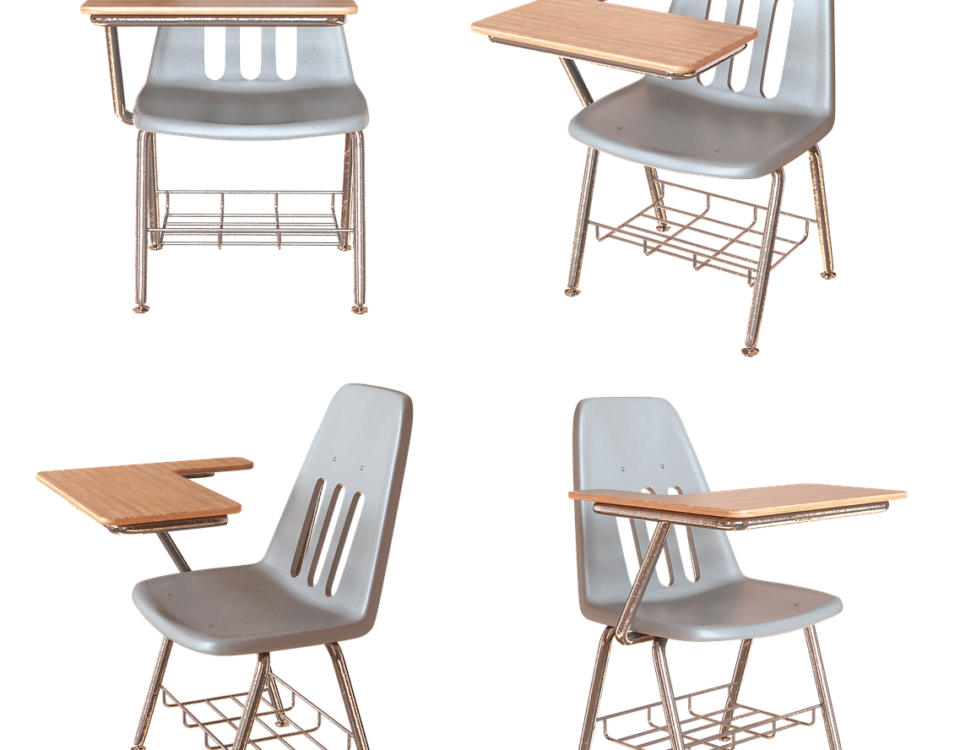Basic Principles of Fused Deposition Modeling (FDM) Process

Selective Laser Sintering (SLS) Process Parameters
February 14, 2025
Characteristics of Fused Deposition Modeling (FDM) Rapid Prototyping Process
February 14, 2025Fused Deposition Modeling (FDM), also known as Fused Filament Fabrication (FFF), is an additive manufacturing process that utilizes a filament of thermoplastic material. This material is heated to a molten state and extruded through a nozzle with fine precision. The nozzle can move along the Z-axis, while the working platform moves along the Y-axis. To ensure successful bonding, the temperature of the thermoplastic material is kept slightly above its solidification temperature, and the temperature of the molded part is kept slightly below the solidification point. As the material is extruded from the nozzle, it immediately fuses with the layer below, ensuring seamless bonding between layers. After a layer is deposited, the platform is lowered by a set increment (typically the thickness of one layer), and the deposition process continues until the entire model is completed.
Basic Principles of the FDM Process
The process begins with a solid filament material wound onto a feed roller, which is driven by an electric motor. The friction between the filament and the roller moves the filament toward the nozzle. A guide sleeve, made from low-friction material, ensures that the filament is fed smoothly and accurately into the nozzle. At the nozzle’s tip, a resistive heating element melts the filament. Once molten, the material is extruded onto the build platform and cools, solidifying to form a precise layer profile. Due to structural limitations, the heater’s power is not exceedingly high, so the filament material used is typically thermoplastic plastic or wax with a lower melting point. The thickness of the deposited layer varies with the nozzle’s movement speed and is typically in the range of 0.15 to 0.25 mm.
Dual-Extruder Technology for Efficient Support Material Deposition
In prototype production, the FDM process often requires the addition of support structures to maintain the shape of overhangs and complex geometries during printing. To reduce material costs and improve deposition efficiency, modern FDM equipment uses a dual-extruder setup. As shown in Figure 5-2, one extruder is dedicated to depositing the model material, while the second extruder is used for depositing the support material.
Typically, the model material is finer and more costly, with lower deposition efficiency, whereas the support material is thicker, more cost-effective, and can be deposited at a higher rate. The dual-extruder system offers several advantages beyond just increased deposition efficiency and reduced model production costs. One of the key benefits is the ability to choose specialized support materials, such as water-soluble materials or low-melting thermoplastics, which can be easily removed during post-processing. This flexibility simplifies the removal of support structures, making the FDM process even more versatile and cost-effective for complex parts.
Advantages of Fused Deposition Modeling
FDM has numerous advantages in rapid prototyping and small-scale production. The process is relatively easy to implement, cost-effective, and capable of producing durable prototypes. The materials used in FDM are widely available and can be customized to meet specific mechanical, thermal, or chemical requirements. Furthermore, FDM allows for the fabrication of complex geometries that would be difficult or impossible to achieve with traditional manufacturing methods.
Another significant benefit of FDM is its ability to use various thermoplastic materials, such as PLA, ABS, PETG, and nylon, which can be tailored to suit the needs of different applications. The dual-extruder technology further enhances this flexibility by enabling the use of multiple material types within the same print job, ensuring the efficient and accurate production of both the part and its support structures.
Conclusion
The FDM process is a versatile and cost-effective method for additive manufacturing, particularly useful in rapid prototyping. The ability to control the extrusion of molten thermoplastic material enables the creation of detailed and complex parts with excellent precision. The integration of dual-extruder technology allows for the efficient deposition of both model and support materials, reducing material waste and improving the overall printing process. With its wide range of material choices and ease of use, FDM is a powerful tool for creating functional prototypes and small-scale production parts.


